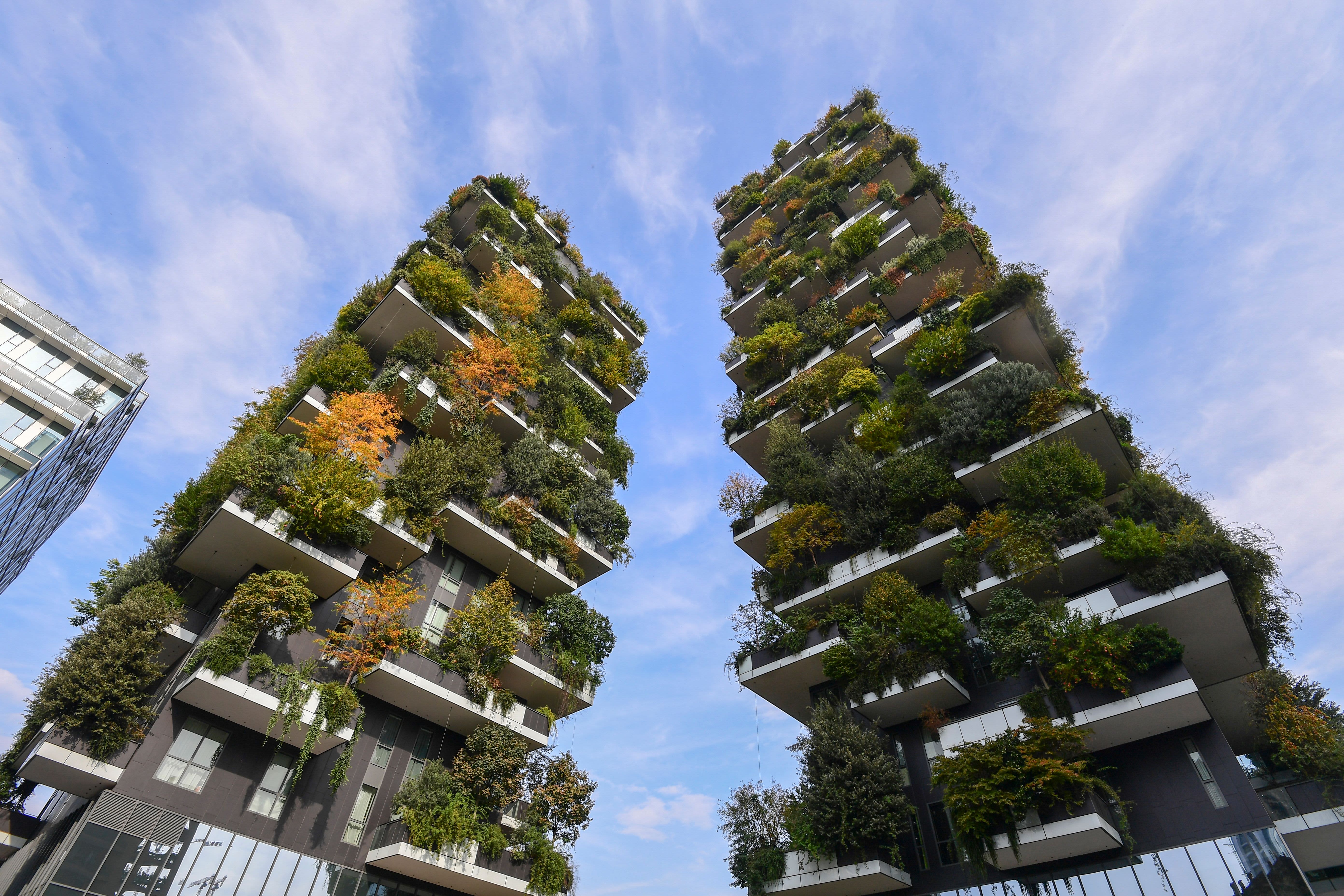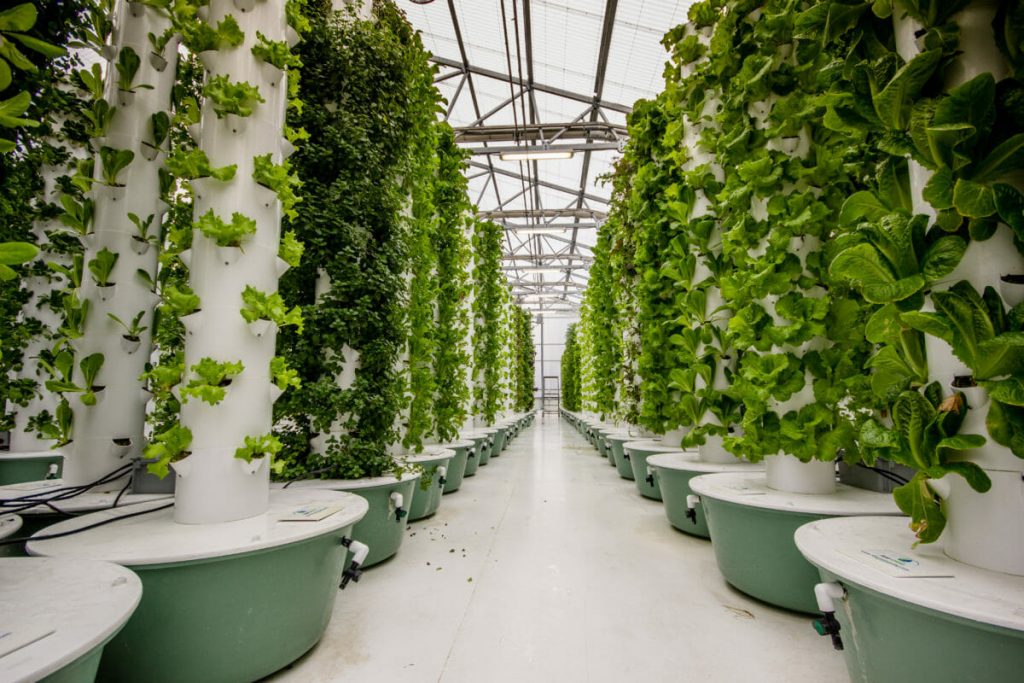Vertical Farming
The Future of Agriculture
OVERVIEW
Vertical Farming is our future. As people are becoming more
animal conscious, and the population increases, plants are
becoming used more and more. Farming vertically does not
have the issues that traditional farming has. It does not
use normal soil to prevent soil degradation. It saves space
by building up not across like traditional farms, and they
use solar energy where possible to save energy and money.

Half of all soil will be unusable in
days
hours
minutes
seconds
By this time (2030) 50% of all soil will be rendered
unusable.

HOW IT WORKS
It uses hydroponics, aquaponics and artificial growing
methods to speed up farming and make it more renewable. It
stacks layers upon layers of plants and then uses as much
natural energy as possible to grow them, making it super
sustainable and super forest friendly.
The Problem
The biodiversity of the natural world is being ruined and
causing more and more species to go extinct due to habitat
loss. If we lose biodiversity, food will be more scarce as
pests and diseases infect food supplies. Fresh water will
also become a rare commodity.
The Cause
As more and more farms are being needed, more land is having
to be deforested and removed of all life so that farms can
be built. Farms already take up approximately 38% of all
land, which heavily impacts a wide range of natural life.
The Solution
Build upwards not outwards, using vertical farming, space
can be re-forested, allowing natural animals and plants as
well as biodiversity to return, if powered by renewable
energy it will help slow down climate change.

WHERE IT HAS BEEN USED
Vertical farming has been used across the globe, in places
like Japan, China, South Korea, Thailand, Germany, France,
and the UK. Japanese city Kyoto has employed vertical
farming since 2006.
ALTERNATIVES
Alternatives to vertical farming for a small farm could be
farming on the roof of a building, as it doesn’t take up any
extra land space, or repurposing places that were farms but
are no longer being used as they are already deforested.


HOW IT CAN BE ACHIEVED AND THE BARRIERS TO IT
Vertical farming can be done anywhere, in shipping
containers or shipwrecked boats, making it cheaper to get
the land to set it up, but regular farmland works just as
well, if not better. Indoor spaces require lighting to help
the plants grow, but outdoor or greenhouse spaces require
less because of the natural light. Solar panels are also
needed to power the farm sustainably. It can cost as little
as $1000 per square meter to set up, with additional costs
of land, power, and water, meaning a space that is 1000
square meters (500 square meters flat and 4.5 meters high)
would cost about $1 million to set up, but would be worth it
in the long run.
EXTERNAL LINKS
© 2023 Staffle: Department of Vertical Farming; contact us
about questions or concerns at
[email protected]. Made by the combined power of Matteo and Levi.